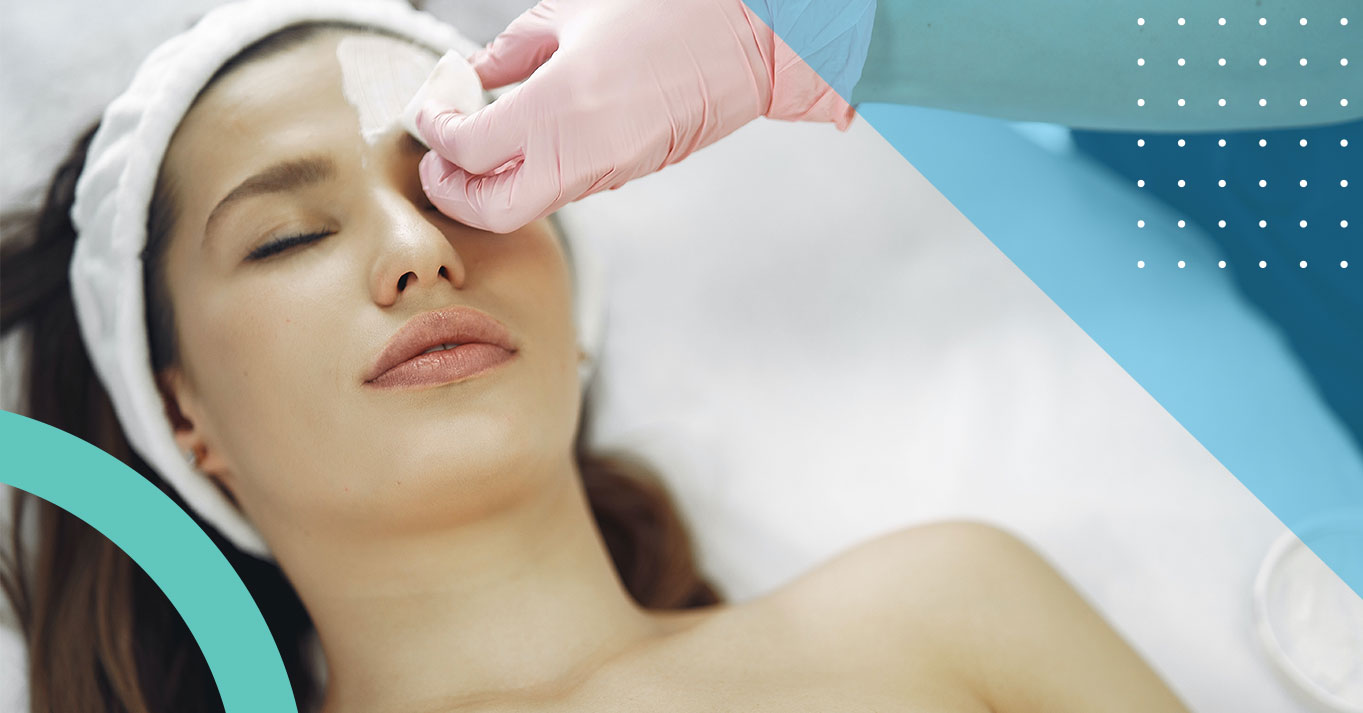
Combination Therapy for Aesthetic Practice: Good, Better, Best Approaches
Aesthetic medicine is an evolving field, with new technologies and treatments emerging every day. Patients are seeking a holistic approach to beauty that addresses multiple concerns simultaneously, making combination therapy a popular choice in aesthetic practice. Combination therapy involves using multiple treatments in a single session to achieve optimal results. By combining different therapies, patients can receive a personalized treatment that addresses their specific concerns while also saving time and money. In this article, we will discuss the good, better, and best approaches to implementing combination therapy in your aesthetic practice.
Benefits of Combination Therapy
Combination therapy has many benefits for both patients and practitioners. For patients, combination therapy allows them to achieve optimal results by addressing multiple concerns simultaneously. This approach also saves time and money by reducing the number of treatments required to achieve the desired results. Combination therapy can also be more comfortable for patients, as it reduces the amount of downtime and discomfort associated with multiple treatments.
For practitioners, combination therapy allows them to offer a more comprehensive approach to treatment that can set their practice apart from competitors. This approach also allows practitioners to increase their revenue by offering more comprehensive treatment options. By implementing combination therapy in their practice, practitioners can also attract a wider range of patients, from those seeking basic treatments to those seeking more advanced and customized treatment options.
The Good: Basic Combination Therapy
Basic combination therapy involves combining two or three treatments that work well together to achieve a specific goal. For example, combining a chemical peel with microdermabrasion can improve skin texture and tone. Other popular combinations include dermal fillers with Botox for wrinkle reduction, or laser treatments with a topical cream for acne scars. Basic combination therapy is a great starting point for practices looking to expand their treatment offerings without a significant investment in new technology or training.
When implementing basic combination therapy in your practice, it is important to choose treatments that complement each other and have a proven track record of success. It is also important to consider patient safety and to ensure that the combination of treatments is safe and effective. Basic combination therapy can be a great way to introduce patients to the benefits of combination therapy and to build a loyal patient base.
The Better: Advanced Combination Therapy
Advanced combination therapy involves using a combination of treatments that target multiple concerns simultaneously. For example, combining laser resurfacing with dermal fillers and Botox can address wrinkles, fine lines, and uneven skin texture. Other popular advanced combinations include combining radiofrequency microneedling with PRP (platelet-rich plasma) therapy for skin rejuvenation, or combining laser hair removal with a topical cream for ingrown hairs.
Implementing advanced combination therapy in your practice requires more extensive training and investment in new technology. However, the benefits can be significant. By offering more comprehensive treatment options, you can attract patients who are looking for more dramatic results and are willing to invest in their appearance. Advanced combination therapy also allows you to offer a more personalized approach to treatment that can set your practice apart from competitors.
When implementing advanced combination therapy in your practice, it is important to choose treatments that work synergistically and have a proven track record of safety and efficacy. You should also ensure that you have the necessary training and expertise to perform the treatments safely and effectively.
The Best: Customized Combination Therapy
Customized combination therapy involves using a personalized approach to treatment that is tailored to each patient’s unique concerns and goals. This approach requires a thorough consultation and assessment of each patient’s skin type, concerns, and medical history. Based on this information, a customized treatment plan is developed that may involve a combination of treatments from different modalities.
For example, a patient with acne scarring and fine lines may benefit from a combination of laser resurfacing, microneedling, and dermal fillers. A patient with sun damage and hyperpigmentation may benefit from a combination of chemical peels, laser treatments, and topical creams. Customized combination therapy allows you to offer a truly personalized approach to treatment that addresses each patient’s unique concerns and goals.
Implementing customized combination therapy in your practice requires extensive training and expertise in multiple treatment modalities. It also requires a commitment to ongoing education and staying up-to-date with the latest advances in aesthetic medicine. However, the benefits can be significant. By offering a truly customized approach to treatment, you can attract patients who are looking for the most comprehensive and effective treatment options available.
The “Good, Better, Best” Approach: Combination Therapy for Aesthetic Practices
When implementing combination therapy in your practice, it is important to adopt a “good, better, best” approach. This approach allows you to offer a range of treatment options that cater to different patient needs and budgets.
The “good” approach involves offering basic combination therapy options that are effective and affordable. This approach is a great starting point for practices looking to expand their treatment offerings without a significant investment in new technology or training.
The “better” approach involves offering advanced combination therapy options that are more comprehensive and target multiple concerns simultaneously. This approach requires more extensive training and investment in new technology, but it allows you to attract patients who are looking for more dramatic results.
The “best” approach involves offering customized combination therapy options that are tailored to each patient’s unique concerns and goals. This approach requires extensive training and expertise in multiple treatment modalities, but it allows you to offer a truly personalized approach to treatment that sets your practice apart from competitors.
In conclusion, implementing combination therapy in your aesthetic practice can be a great way to expand your treatment offerings, attract new patients, and increase your revenue. By adopting a “good, better, best” approach and carefully selecting treatments that work well together, you can provide your patients with personalized and comprehensive treatment options that address their unique concerns and goals. With the right training and marketing efforts, combination therapy can be a valuable addition to any aesthetic practice.
For more information on how AMP can help you grow your Aesthetic Practice, scheduled a FREE 30 minute consultation today! Check out more AMP articles here.



